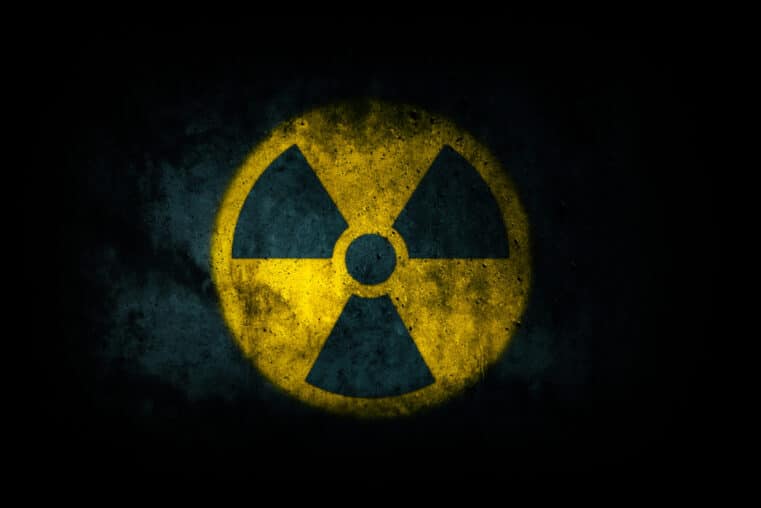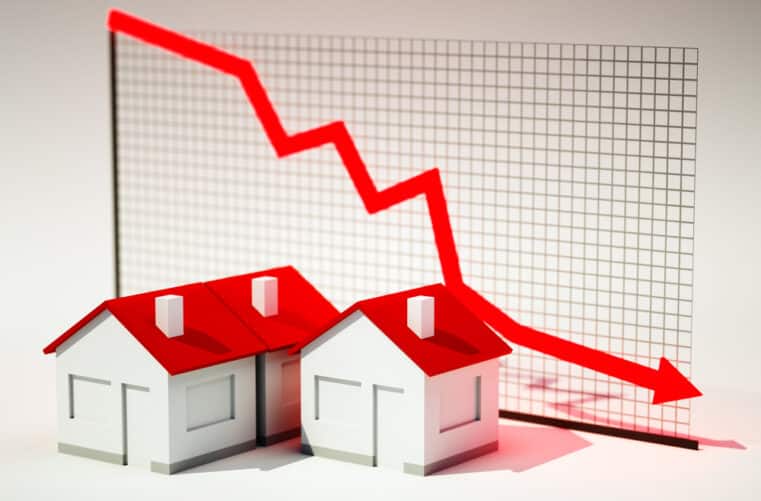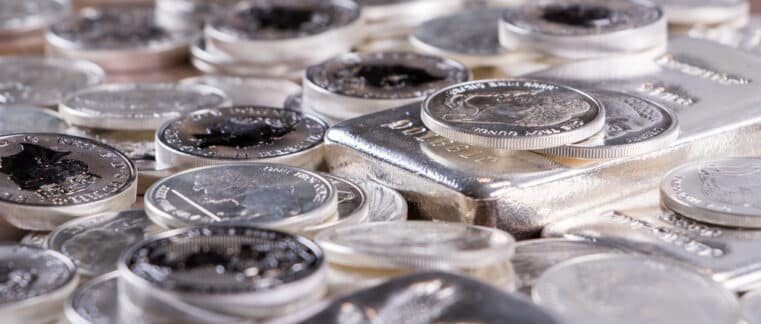
Iran Threatens Strait of Hormuz Shutdown — Oil Shock and Global Chaos on the Horizon
Iran’s Parliament Signals Blockade — Oil Prices Poised to Erupt
The Strait of Hormuz—through which nearly a third of all global oil flows—is now squarely in Iran’s crosshairs. Major General Esmail Kowsari, a ranking voice in Iran’s National Security Commission and a veteran commander of the Islamic Revolutionary Guard Corps, told state-run Press TV this week that Iran’s parliament has concluded: It’s time to shut it down.
That decision, of course, awaits final sign-off from Ayatollah Ali Khamenei and Iran’s Supreme National Security Council. But make no mistake—the message is clear: Iran is preparing to weaponize oil, and the global economy is the hostage.
Markets Already Pricing In Crisis
Following the recent U.S. stealth bomber strikes on Iran’s nuclear facilities at Fordow, Natanz, and Esfahan, crypto-based prediction markets on Polymarket priced the odds of a Hormuz shutdown at 60%—up from just 15% before the bombs dropped. Wall Street strategists, including JPMorgan’s Natasha Kaneva, are now warning clients to prepare for oil to leap to $130 per barrel under a full closure scenario. That’s not speculation—it’s mathematical inevitability in a world where supply routes are already frayed and OPEC’s spare capacity is little more than smoke and mirrors.
This Isn’t a Remote Threat — It’s a Direct Hit to Your Wallet
Let’s be clear about what’s at stake. This isn't some obscure bottleneck in a forgotten corner of the world—this is theartery that feeds China, Europe, and even the United States with energy. A serious disruption will not just spike fuel prices—it will ignite inflation, hammer already fragile supply chains, and threaten the last crumbs of middle-class stability. Your heating bill? Your grocery bill? Your retirement account? All on the chopping block.
Iran Doesn’t Need Warships to Paralyze Global Trade
And while the U.S. Navy’s Fifth Fleet and other Western naval forces may posture with threats and aircraft carriers, Iran doesn’t need a navy to cause chaos. With a mix of coastal missile batteries, drones, and swarms of speedboats, Tehran can make the Strait of Hormuz a no-go zone for commercial shipping—without a single warship leaving port.
We’ve seen this playbook before. Iran seized a U.S.-bound tanker in 2023 and an Israeli-linked vessel in 2024. It blocked Greek tankers in retaliation for sanctions. And all the while, Tehran makes a show of pretending it's respecting international law while flouting it entirely.
Washington’s Rhetoric Is Cheap—And Dangerous
Western leaders like Secretary of State Marco Rubio are offering soundbites instead of strategy. He warned on Fox News that a closure would be “economic suicide for Iran.” Perhaps. But suicide bombing is a tactic Iran has long embraced, especially if it means drawing blood from Western economies. Don’t expect rational cost-benefit analysis from an ideologically driven regime—especially one emboldened by Chinese backing and a White House too bogged down by domestic political infighting to project coherent strength abroad.
China May Not Like It—But They’ll Adapt. You Won’t.
China, Iran’s largest oil buyer, may not be thrilled by a closure—but it won’t stop Tehran either. If the strait is mined or shipping harassed, Chinese tankers may simply be diverted to load via smuggler ports or through alternate pipelines. It’s the West that will feel the brunt: higher fuel costs, longer shipping times, and more economic uncertainty.
Shipping Disruption Already Spiking Global Costs
Still think this is a problem for Wall Street, not Main Street? Think again. Clarkson Research Services shows Red Sea traffic is already down 70% thanks to Houthi attacks on ships entering from the Bab el-Mandeb strait. Rerouting tankers around Africa adds weeks to delivery times and spikes freight costs—costs that get passed directly to you.
We’ve Been Here Before—And It Was Ugly
The last time Hormuz was this volatile was during the Tanker War of the 1980s, when 451 vessels were attacked and insurance premiums soared. Today, with a far more fragile economic environment, even a fraction of that chaos could trigger an energy and credit shock worse than 2008.
Your Financial Survival Requires Action—Not Hope
If you’re still holding the majority of your wealth in bank accounts or hoping your 401(k) will hold its value while oil doubles overnight, I suggest you wake up. Banks are exposed. Currencies are brittle. And inflation is one strategic shock away from roaring back with a vengeance.
Here’s what you can do now:
- Download Bill Brocius' free guide, “7 Steps to Protect Your Account from Bank Failure,” and learn how to harden your finances against institutional collapse.
👉 https://offers.dedollarizenews.com?utm_source=7steps_ebook&utm_medium=website&utm_campaign=Good_Solid_Info&utm_term=static&utm_content=Eric_Blair - Read Bill’s book, “End of Banking As You Know It,” and find out why your checking account is a liability—not an asset.
- Join the Inner Circle for just $19.95/month and get direct access to real-time analysis from Bill Brocius—the only man I trust to read between the headlines.
Don’t wait for a tanker explosion or a financial freeze-up to realize you’ve been asleep at the wheel. The Strait of Hormuz is just one domino—and they’re all lined up.











